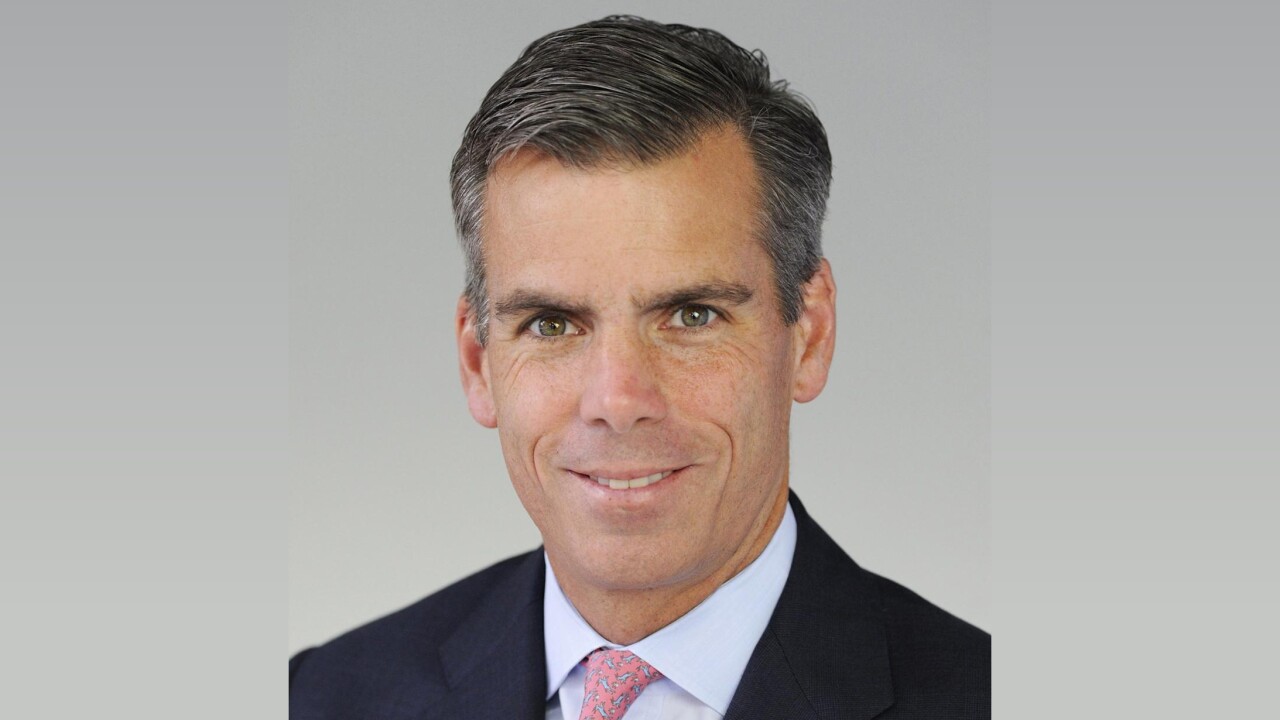
Tether controls more than half of the world's stablecoin market, but it's facing more competition on at least two fronts, as banks consider a greater role in the market and a major rival prices a blockbuster IPO.
"Now that the GENIUS Act will likely pass, we're expecting every single financial institution and payment platform to launch a stablecoin," Tether CEO Paolo Ardoino told American Banker. While banks have
A bank-led stablecoin would provide an alternative in a market where nonbank fintech issuers have dominated. Coupled with
What Tether has to say
The El Salvador-based Tether issues USDT, the world's largest stablecoin with a

Tether will rely on its strength in emerging markets and an expansion in the U.S. to compete in the new stablecoin market, according to Ardoino, a 41-year-old Italian computer scientist who became
"In a certain way Tether is lucky," Ardoino said. "Everyone that is launching a stablecoin will go after a single user base … the institutional or wealthy user base, at least relative to the rest of the world."
There are about 2.5 billion people who do not use traditional banks, according to
"The banks and others will go after the 'Western World' but that leaves a huge market for us to go after," Ardoino said. "Emerging markets are considered a niche but it's not really a niche."
The fintechs and banks that pursue stablecoins will need to convince users that payments is a necessary use. While most stablecoin use today is passive, for purposes such as liquidity management, trading and dollar-denominated storage, stablecoins are gaining ground in emerging markets, James Wester, director of crypto for Javelin Strategy & Research, told American Banker.
"In places with weak currencies or unreliable banking, stablecoins are already beginning to function as digital dollars," Wester said, adding that if this adoption can be paired with substantial infrastructure, the most widely used digital dollar systems could end up being built outside the banking system.
Beyond emerging markets, Tether is also focusing on speeding processing for trade finance, a common
Tether plans to issue a
"When you have a ship on the dock that has to wait for a wire transaction to clear before it can move, that's an opportunity for us," Ardoino said.
Besides issuing the largest stablecoin, Tether has also drawn controversy.
Tether has since added more U.S. Treasury bonds to its reserves. In Tether's most recent quarterly
Additionally, the
A rush to stablecoin payments
While stablecoins have traditionally been used as an investment tool,
Circle and PayPal have prepared for a stablecoin payments market, with
A bank-led stablecoin is in early stages, but would reportedly involve Bank of America, JPMorganChase and other large banks that manage Early Warning — the technology company that operates the transfer app Zelle and digital wallet Paze. Early Warning, which did not return a request for comment, performs a role similar to Visa and Mastercard in the 1970s — providing a bank-owned firm to supply a network for payments at scale.
"The general sentiment among major banks is cautiously positive," Enrico Camerinelli, a strategic advisor for Datos Insights, told American Banker. "They are interested in becoming stablecoin issuers and see strategic advantages, but are currently held back by regulatory uncertainty. The pendulum is still swinging on the fintech side."
Unlike Ardoino's positioning of Tether as an alternative to bank stablecoins, Circle has taken a more conciliatory tone. In an
"While I typically am hesitant to look to Early Warning and big banks to provide industry-wide solutions, stablecoin is the exception," Tony DeSanctis, senior director at Cornerstone Advisors, told American Banker. "The need for scale and infrastructure required to compete against an already robust stablecoin ecosystem will likely require a consortium of banks to create a common standard and gain the scale to compete."
LOOKING FOR MORE?






